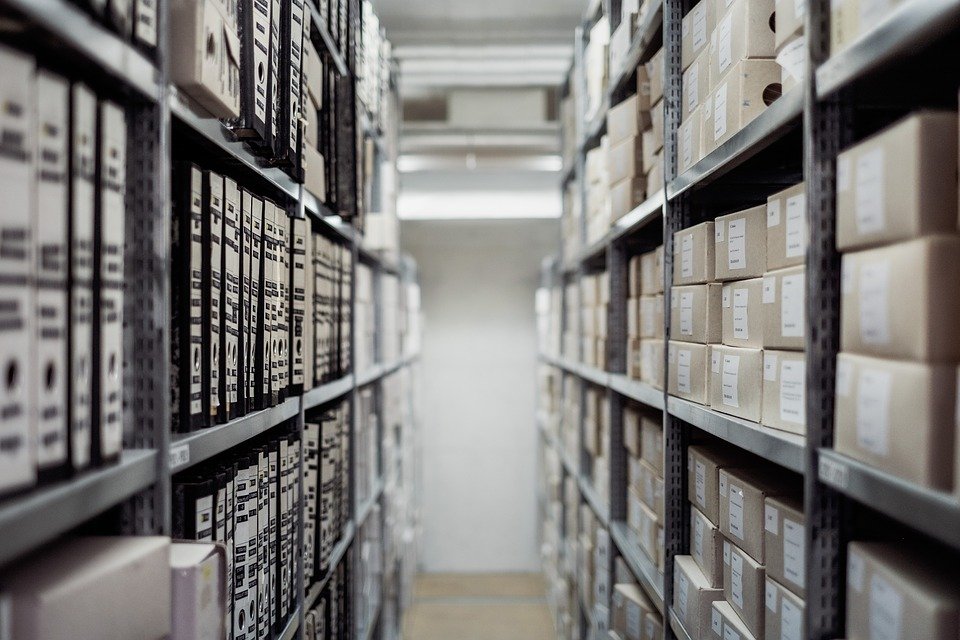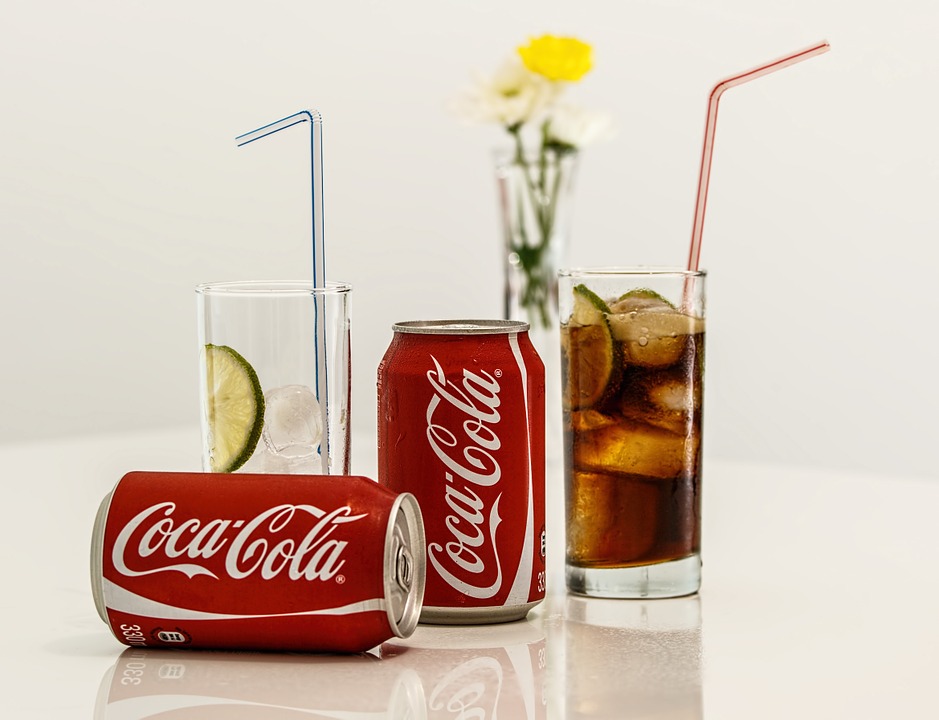
Packaging is an important part of any product, one that can’t be overlooked or neglected without consequence. Packaging helps to protect products, educates the consumer about their contents, and helps to distinguish a certain brand from others on the market. The type of packaging chosen for a product should be tailored to its content-and not just aesthetically pleasing, to make it as effective as possible. With so many different types of materials out there for packaging, there’s bound to be one appropriate for your needs! Read this article to find out more about packaging and why it is important.
What Is Packaging?
Packaging is a vital tool for every business no matter the industry because it gives assurance to customers, makes products easier to transport and store, and provides protection. Basically, the packaging is everything related to the container in which a product comes in.
There are various types of packaging available and each type is appropriate for different needs. Some examples include cartoning solutions, blister packaging, and bottle and jar packaging. A company should choose the right type of packaging in order to meet its individual business needs and goals. For example, if the business needs to send goods to customers, then efficient cartoning packaging might be the best solution.
Equipment that businesses use for packaging purposes can improve efficiency and safety. Companies should take into account the size of their product(s) when choosing which type of packaging to use. In addition, it is important to choose a package with an efficient design that allows customers to access the product with ease.
Why Is Packaging Important?
Packaging is important because it plays several roles for a product. Let’s explore them!
It Provides Protection
Packaging is important because it protects products from being damaged during movement or storage. The type of packaging chosen for a certain product should be able to protect the content from some hazards such as scratches, dust, dirt, moisture, and other environmental factors that can damage it. Also, it provides protection for longer shelf life and helps ensure the durability of the product.
It Helps to Distinguish a Product from Competition
Every company wants its products or services to distinguish them from others on the market because it’s an opportunity for businesses to do better and grow. Packaging is a tool that can help you achieve this goal, as well as several others such as improving the quality and safety of products, reducing costs, etc. The way to do it is by developing a unique design for packaging that makes your brand look different from others on the market.
For example, you surely noticed that much of Coca-Cola‘s packaging looks the same because it not only has a uniform design but also uses colors that are compatible with its logo. This helps them to look different from other brands and emphasizes the brand’s identity.

It Educates Consumers
Another role that packaging plays is educating consumers about your product or service, which means it should communicate the unique characteristics of your product to them. This also helps consumers make better decisions about their purchases because it provides them with relevant information they need. For example, the packaging might contain images or texts that describe how to use a certain product, ingredients used in its production, what’s included in the package, warranty information, “best before” date or date of manufacturing.
It Aids Product Marketing
The packaging also represents a business’s brand identity and helps with marketing. It’s also used in advertising and promotions in order to attract consumers, so it ensures the right message and tone are communicated in a way that best fits your company and its target audience. This means the packaging should be tailored to correspond with the overall positioning strategy of a business in order to help it achieve better results on the market.
How Are Products Packed?
The packaging process is done to enclose the product in a container so it can be distributed or transported. The main types of packaging are primary, secondary, and tertiary which are defined below:
Primary Packaging – refers to any type of packaging that comes directly into contact with the product itself without being removed from its original package. Usually, it’s made from a strong material that can withstand the pressure of pushing, pulling, or dropping. There are many different types of primary packaging, and one product may have several features. Let’s take a bottle of beer for example, both the container containing the liquid and the label are considered to be primary packaging. Many companies are already using automated packaging systems.
Secondary Packaging – serves as a support to primary packaging and it protects products from being damaged during transport due to its structural features. It’s usually made from corrugated cardboard which is easy to cut and fold in order to enclose a product. Secondary packaging also includes packaging intentionally made to display multiple product units for sale which speeds restocking from warehouse to shelf and this packaging includes retail-ready packaging, shelf-ready packaging, or counter-top display units.
Tertiary Packaging – is any type of packaging that comes into direct contact with consumers, rather than products. For example, a product can be wrapped in primary or secondary packaging then stored inside tertiary packaging such as a cardboard box or plastic bag for safer transport and long-term storage purposes.
The most common types of materials used to make primary and secondary packaging are glass, cardboard, plastic, paper, metal, etc. Tertiary packaging usually consists of more than one material because it has to be resistant enough for transport yet at the same time needs to be environmentally friendly so it can be disposed of with little impact on the environment.
Packaging is a powerful tool for business owners who want to distinguish their brand from others on the market. The way you go about this is by developing a unique design that sets your company apart and then implementing it into all aspects of how you do business, including marketing, sales, distribution, etc. Packaging can be used in so many ways to help grow businesses, from educating consumers about what they’re buying to aiding product marketing efforts. We hope these insights have been helpful!


